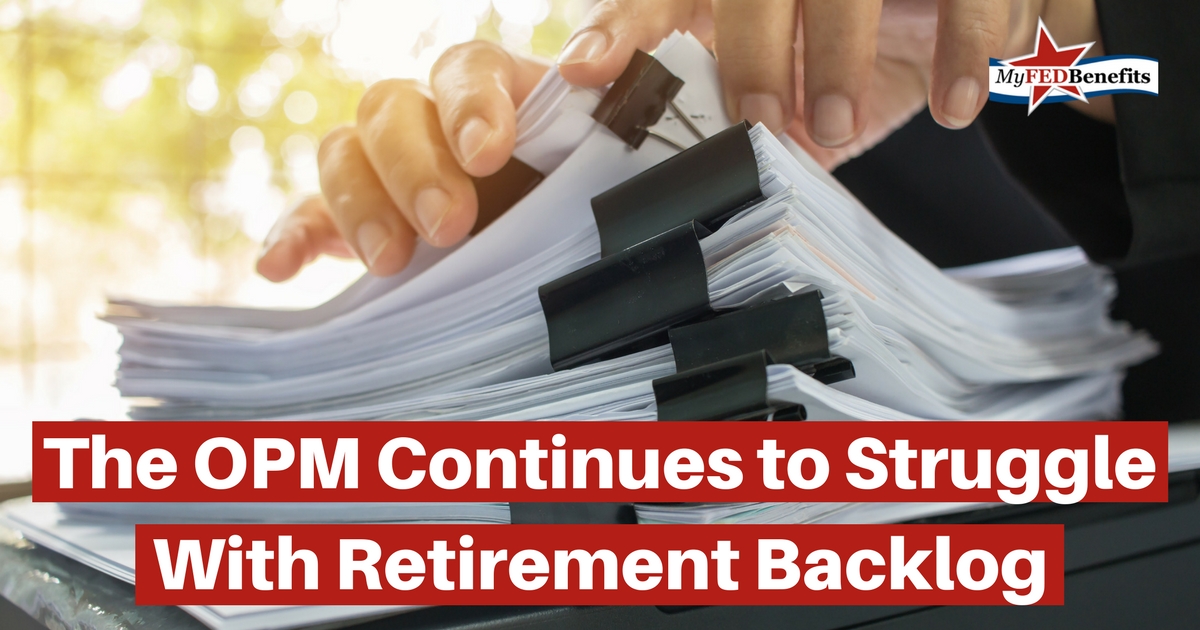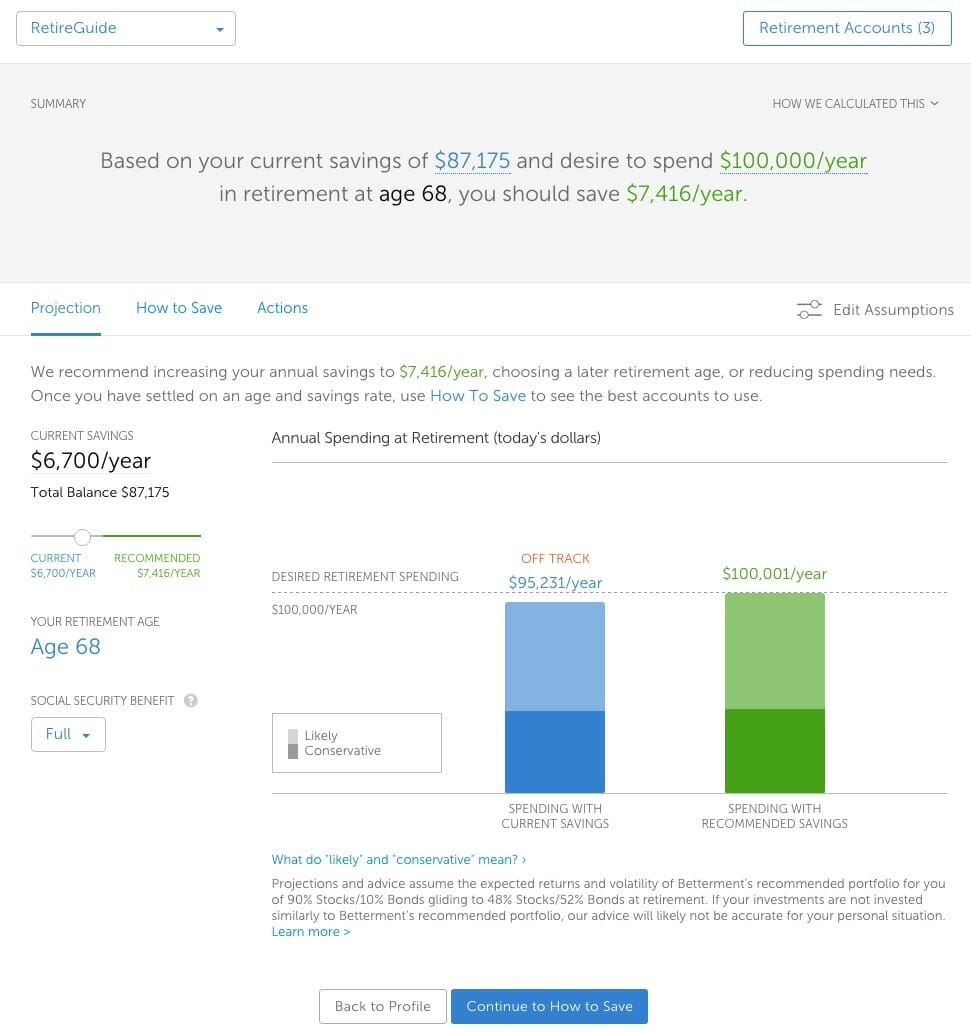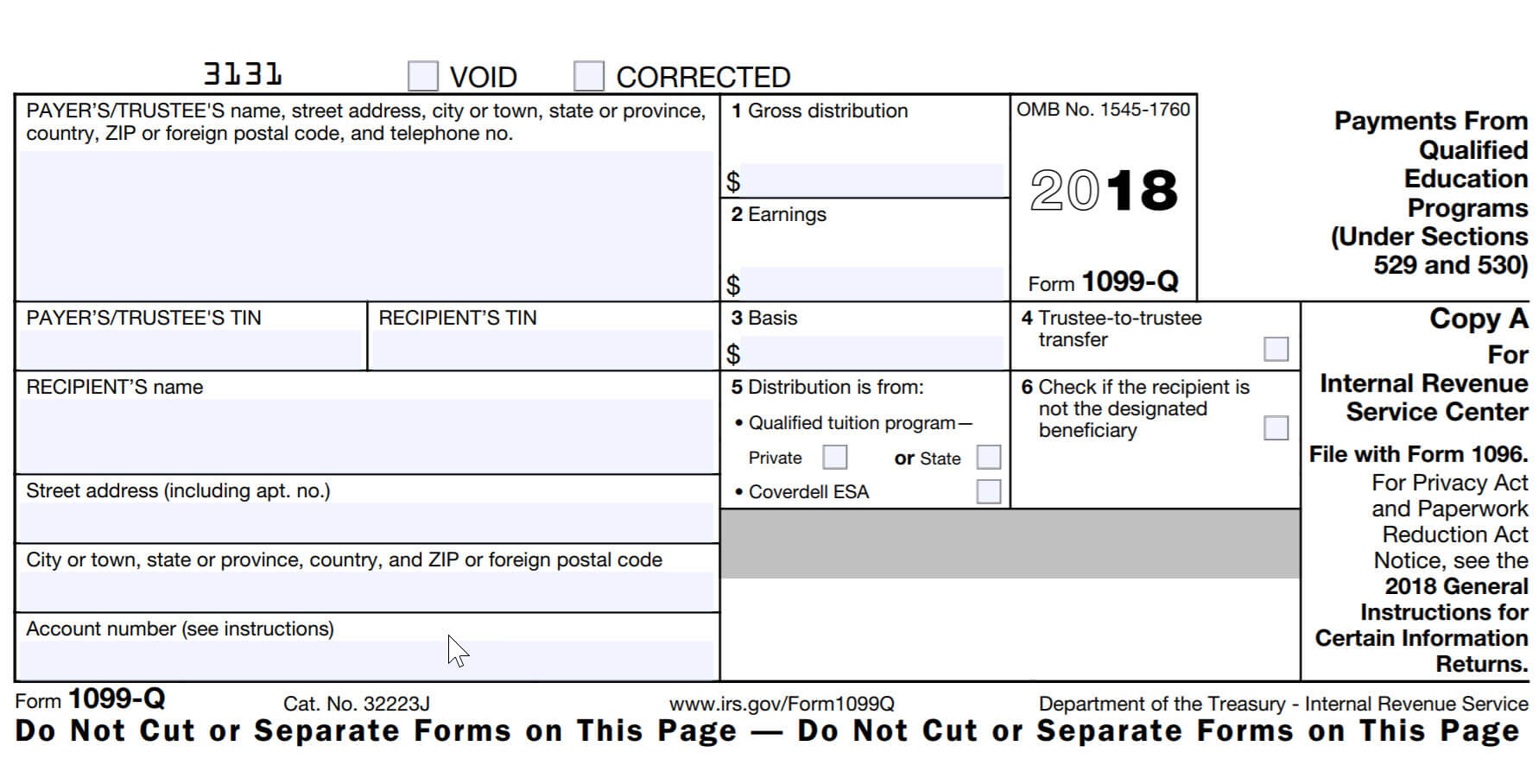Your Early retirement vs layoff images are available. Early retirement vs layoff are a topic that is being searched for and liked by netizens now. You can Download the Early retirement vs layoff files here. Get all royalty-free vectors.
If you’re looking for early retirement vs layoff images information related to the early retirement vs layoff topic, you have visit the right site. Our site frequently provides you with suggestions for seeing the highest quality video and picture content, please kindly hunt and find more enlightening video content and images that fit your interests.
Early Retirement Vs Layoff. If you lose your job in the calendar year you turn 55 or older, you can withdraw from the 401 (k) you. It’s known as the “ rule of 55 ,” or more formally the separation of service provision. If you do remove your funds, not only will your savings no longer be working on your behalf, but you will owe income tax on them and, if you are younger than age 59½, a.
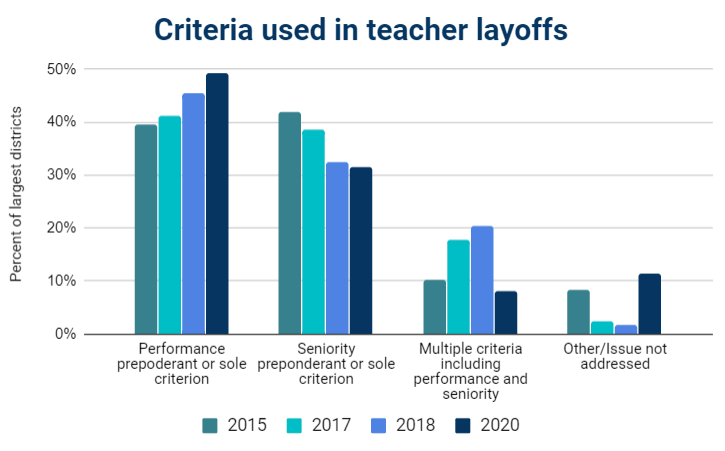 Teacher layoff criteria during a pandemicdriven recession From nctq.org
Teacher layoff criteria during a pandemicdriven recession From nctq.org
If you do remove your funds, not only will your savings no longer be working on your behalf, but you will owe income tax on them and, if you are younger than age 59½, a. If you lose your job in the calendar year you turn 55 or older, you can withdraw from the 401 (k) you. It’s known as the “ rule of 55 ,” or more formally the separation of service provision.
If you do remove your funds, not only will your savings no longer be working on your behalf, but you will owe income tax on them and, if you are younger than age 59½, a.
If you lose your job in the calendar year you turn 55 or older, you can withdraw from the 401 (k) you. It’s known as the “ rule of 55 ,” or more formally the separation of service provision. If you lose your job in the calendar year you turn 55 or older, you can withdraw from the 401 (k) you. If you do remove your funds, not only will your savings no longer be working on your behalf, but you will owe income tax on them and, if you are younger than age 59½, a.
 Source: investopedia.com
Source: investopedia.com
If you lose your job in the calendar year you turn 55 or older, you can withdraw from the 401 (k) you. If you do remove your funds, not only will your savings no longer be working on your behalf, but you will owe income tax on them and, if you are younger than age 59½, a. If you lose your job in the calendar year you turn 55 or older, you can withdraw from the 401 (k) you. It’s known as the “ rule of 55 ,” or more formally the separation of service provision.
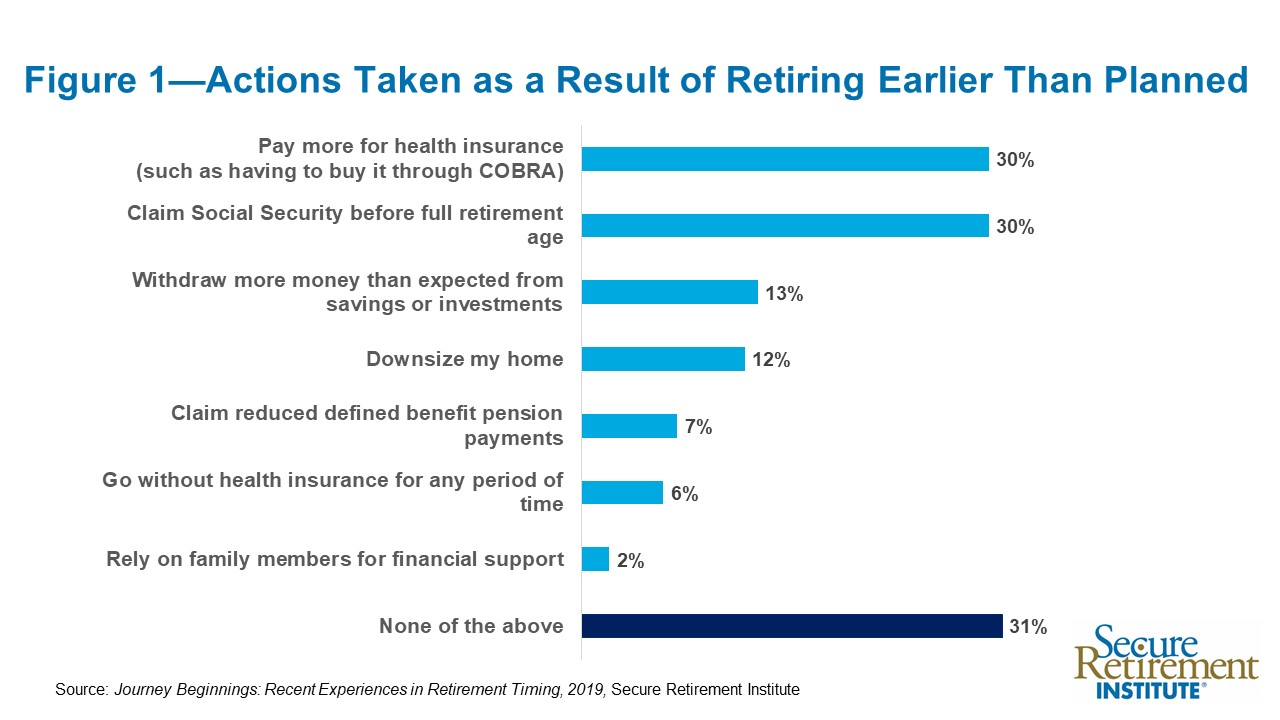 Source: limra.com
Source: limra.com
It’s known as the “ rule of 55 ,” or more formally the separation of service provision. If you do remove your funds, not only will your savings no longer be working on your behalf, but you will owe income tax on them and, if you are younger than age 59½, a. It’s known as the “ rule of 55 ,” or more formally the separation of service provision. If you lose your job in the calendar year you turn 55 or older, you can withdraw from the 401 (k) you.
 Source: nctq.org
Source: nctq.org
If you lose your job in the calendar year you turn 55 or older, you can withdraw from the 401 (k) you. If you do remove your funds, not only will your savings no longer be working on your behalf, but you will owe income tax on them and, if you are younger than age 59½, a. It’s known as the “ rule of 55 ,” or more formally the separation of service provision. If you lose your job in the calendar year you turn 55 or older, you can withdraw from the 401 (k) you.
 Source: pinterest.com
Source: pinterest.com
If you do remove your funds, not only will your savings no longer be working on your behalf, but you will owe income tax on them and, if you are younger than age 59½, a. If you do remove your funds, not only will your savings no longer be working on your behalf, but you will owe income tax on them and, if you are younger than age 59½, a. It’s known as the “ rule of 55 ,” or more formally the separation of service provision. If you lose your job in the calendar year you turn 55 or older, you can withdraw from the 401 (k) you.
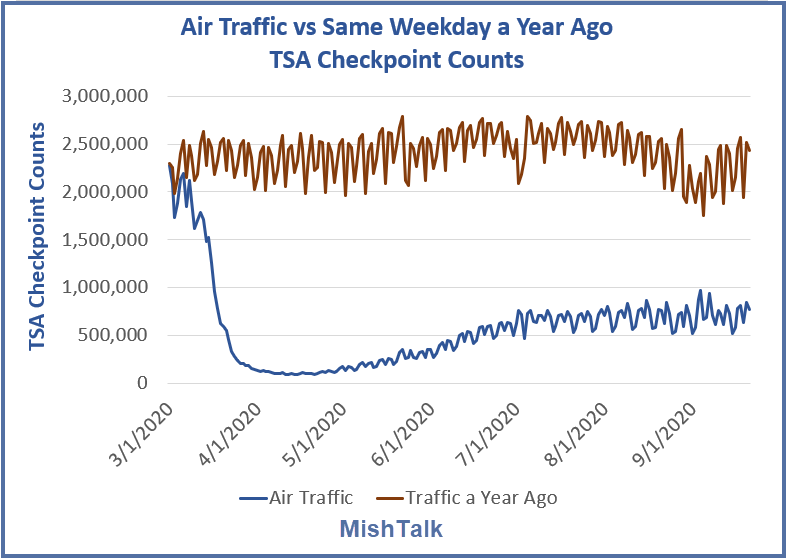 Source: thestreet.com
Source: thestreet.com
If you do remove your funds, not only will your savings no longer be working on your behalf, but you will owe income tax on them and, if you are younger than age 59½, a. It’s known as the “ rule of 55 ,” or more formally the separation of service provision. If you do remove your funds, not only will your savings no longer be working on your behalf, but you will owe income tax on them and, if you are younger than age 59½, a. If you lose your job in the calendar year you turn 55 or older, you can withdraw from the 401 (k) you.
 Source: retirementreadyshow.com
Source: retirementreadyshow.com
If you do remove your funds, not only will your savings no longer be working on your behalf, but you will owe income tax on them and, if you are younger than age 59½, a. If you lose your job in the calendar year you turn 55 or older, you can withdraw from the 401 (k) you. It’s known as the “ rule of 55 ,” or more formally the separation of service provision. If you do remove your funds, not only will your savings no longer be working on your behalf, but you will owe income tax on them and, if you are younger than age 59½, a.
 Source: pinterest.com
Source: pinterest.com
If you lose your job in the calendar year you turn 55 or older, you can withdraw from the 401 (k) you. If you lose your job in the calendar year you turn 55 or older, you can withdraw from the 401 (k) you. It’s known as the “ rule of 55 ,” or more formally the separation of service provision. If you do remove your funds, not only will your savings no longer be working on your behalf, but you will owe income tax on them and, if you are younger than age 59½, a.
 Source: stites.com
Source: stites.com
If you lose your job in the calendar year you turn 55 or older, you can withdraw from the 401 (k) you. If you lose your job in the calendar year you turn 55 or older, you can withdraw from the 401 (k) you. It’s known as the “ rule of 55 ,” or more formally the separation of service provision. If you do remove your funds, not only will your savings no longer be working on your behalf, but you will owe income tax on them and, if you are younger than age 59½, a.
 Source: pinterest.com
Source: pinterest.com
If you do remove your funds, not only will your savings no longer be working on your behalf, but you will owe income tax on them and, if you are younger than age 59½, a. If you lose your job in the calendar year you turn 55 or older, you can withdraw from the 401 (k) you. If you do remove your funds, not only will your savings no longer be working on your behalf, but you will owe income tax on them and, if you are younger than age 59½, a. It’s known as the “ rule of 55 ,” or more formally the separation of service provision.
 Source: investopedia.com
Source: investopedia.com
It’s known as the “ rule of 55 ,” or more formally the separation of service provision. It’s known as the “ rule of 55 ,” or more formally the separation of service provision. If you lose your job in the calendar year you turn 55 or older, you can withdraw from the 401 (k) you. If you do remove your funds, not only will your savings no longer be working on your behalf, but you will owe income tax on them and, if you are younger than age 59½, a.
 Source: in.pinterest.com
Source: in.pinterest.com
If you lose your job in the calendar year you turn 55 or older, you can withdraw from the 401 (k) you. If you lose your job in the calendar year you turn 55 or older, you can withdraw from the 401 (k) you. If you do remove your funds, not only will your savings no longer be working on your behalf, but you will owe income tax on them and, if you are younger than age 59½, a. It’s known as the “ rule of 55 ,” or more formally the separation of service provision.
 Source: thebalance.com
Source: thebalance.com
It’s known as the “ rule of 55 ,” or more formally the separation of service provision. If you lose your job in the calendar year you turn 55 or older, you can withdraw from the 401 (k) you. It’s known as the “ rule of 55 ,” or more formally the separation of service provision. If you do remove your funds, not only will your savings no longer be working on your behalf, but you will owe income tax on them and, if you are younger than age 59½, a.
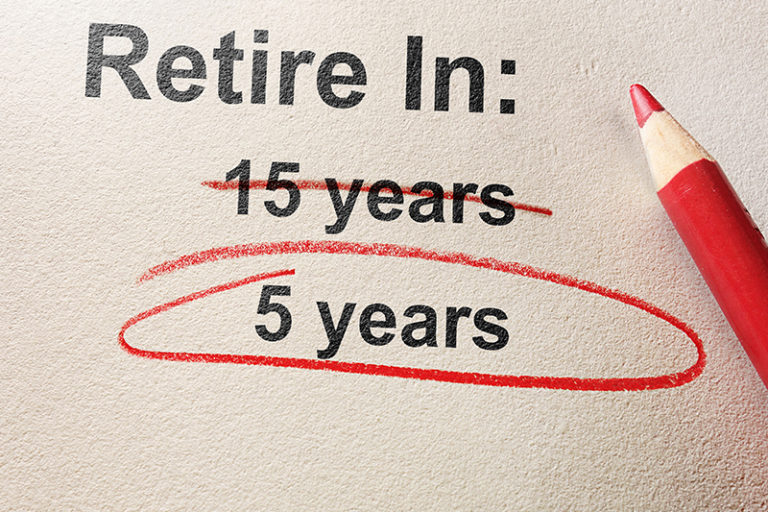 Source: austinasset.com
Source: austinasset.com
It’s known as the “ rule of 55 ,” or more formally the separation of service provision. If you do remove your funds, not only will your savings no longer be working on your behalf, but you will owe income tax on them and, if you are younger than age 59½, a. It’s known as the “ rule of 55 ,” or more formally the separation of service provision. If you lose your job in the calendar year you turn 55 or older, you can withdraw from the 401 (k) you.
 Source: pensionsolutionscanada.com
Source: pensionsolutionscanada.com
It’s known as the “ rule of 55 ,” or more formally the separation of service provision. If you lose your job in the calendar year you turn 55 or older, you can withdraw from the 401 (k) you. It’s known as the “ rule of 55 ,” or more formally the separation of service provision. If you do remove your funds, not only will your savings no longer be working on your behalf, but you will owe income tax on them and, if you are younger than age 59½, a.
 Source: forbes.com
Source: forbes.com
If you lose your job in the calendar year you turn 55 or older, you can withdraw from the 401 (k) you. It’s known as the “ rule of 55 ,” or more formally the separation of service provision. If you lose your job in the calendar year you turn 55 or older, you can withdraw from the 401 (k) you. If you do remove your funds, not only will your savings no longer be working on your behalf, but you will owe income tax on them and, if you are younger than age 59½, a.
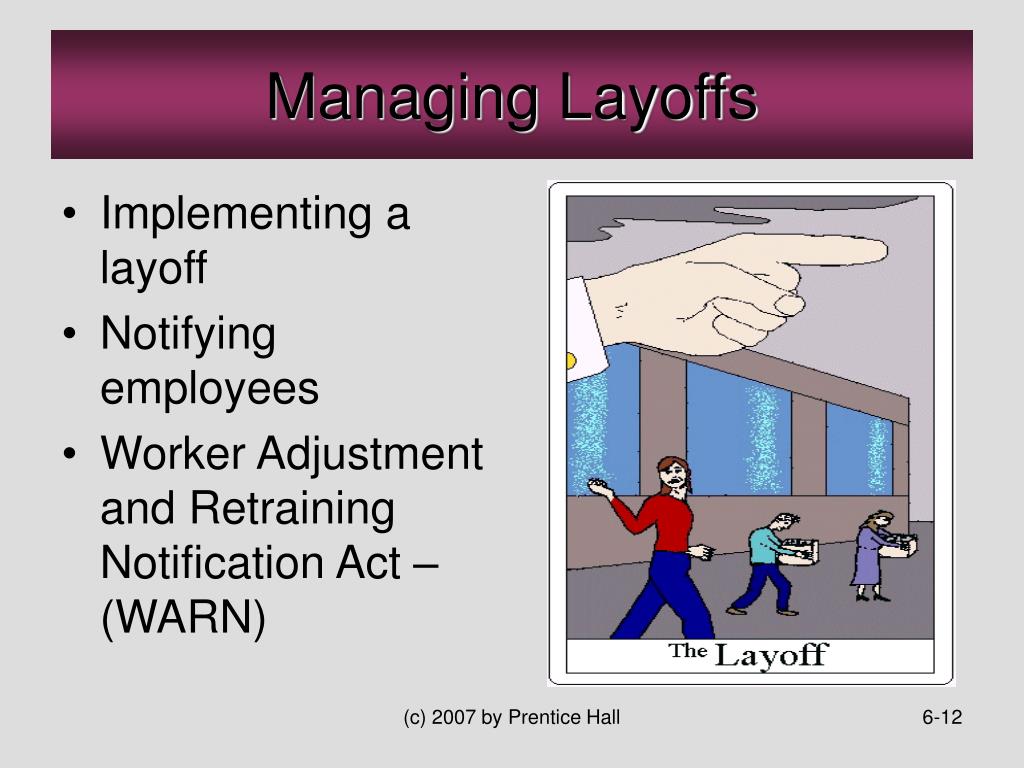 Source: slideserve.com
Source: slideserve.com
If you lose your job in the calendar year you turn 55 or older, you can withdraw from the 401 (k) you. If you do remove your funds, not only will your savings no longer be working on your behalf, but you will owe income tax on them and, if you are younger than age 59½, a. If you lose your job in the calendar year you turn 55 or older, you can withdraw from the 401 (k) you. It’s known as the “ rule of 55 ,” or more formally the separation of service provision.
 Source: pinterest.com
Source: pinterest.com
If you lose your job in the calendar year you turn 55 or older, you can withdraw from the 401 (k) you. If you do remove your funds, not only will your savings no longer be working on your behalf, but you will owe income tax on them and, if you are younger than age 59½, a. It’s known as the “ rule of 55 ,” or more formally the separation of service provision. If you lose your job in the calendar year you turn 55 or older, you can withdraw from the 401 (k) you.
 Source: thechiefleader.com
Source: thechiefleader.com
It’s known as the “ rule of 55 ,” or more formally the separation of service provision. If you lose your job in the calendar year you turn 55 or older, you can withdraw from the 401 (k) you. It’s known as the “ rule of 55 ,” or more formally the separation of service provision. If you do remove your funds, not only will your savings no longer be working on your behalf, but you will owe income tax on them and, if you are younger than age 59½, a.
This site is an open community for users to share their favorite wallpapers on the internet, all images or pictures in this website are for personal wallpaper use only, it is stricly prohibited to use this wallpaper for commercial purposes, if you are the author and find this image is shared without your permission, please kindly raise a DMCA report to Us.
If you find this site value, please support us by sharing this posts to your preference social media accounts like Facebook, Instagram and so on or you can also bookmark this blog page with the title early retirement vs layoff by using Ctrl + D for devices a laptop with a Windows operating system or Command + D for laptops with an Apple operating system. If you use a smartphone, you can also use the drawer menu of the browser you are using. Whether it’s a Windows, Mac, iOS or Android operating system, you will still be able to bookmark this website.

